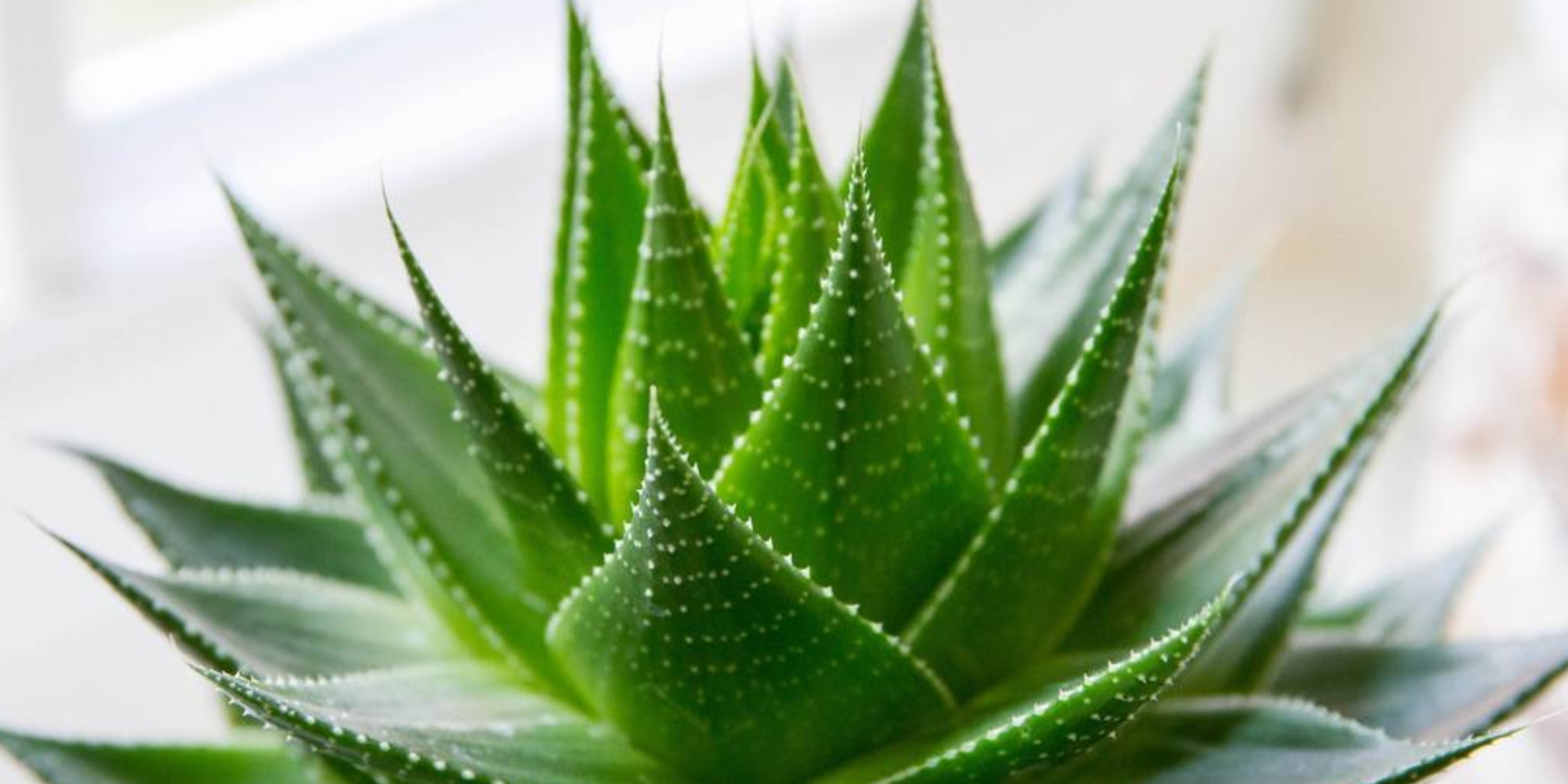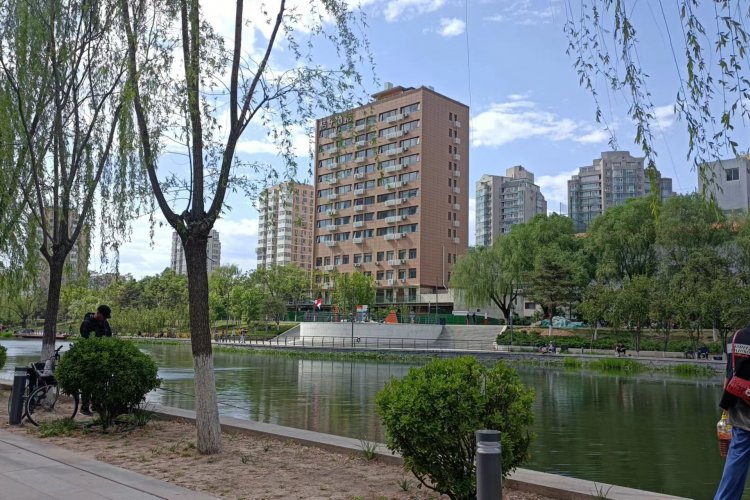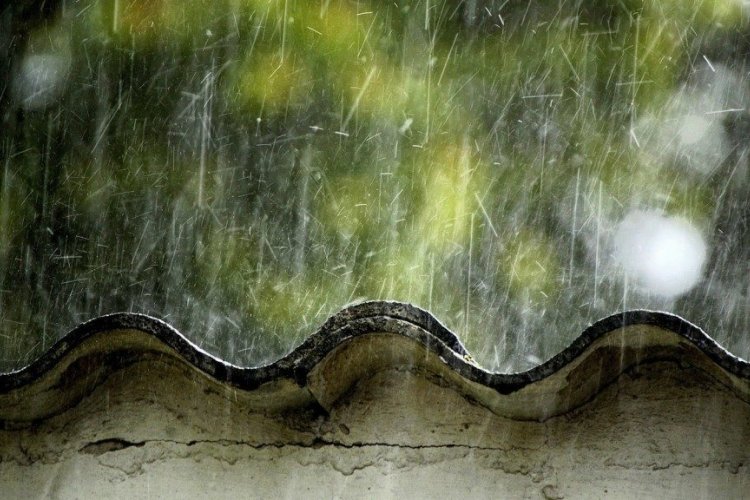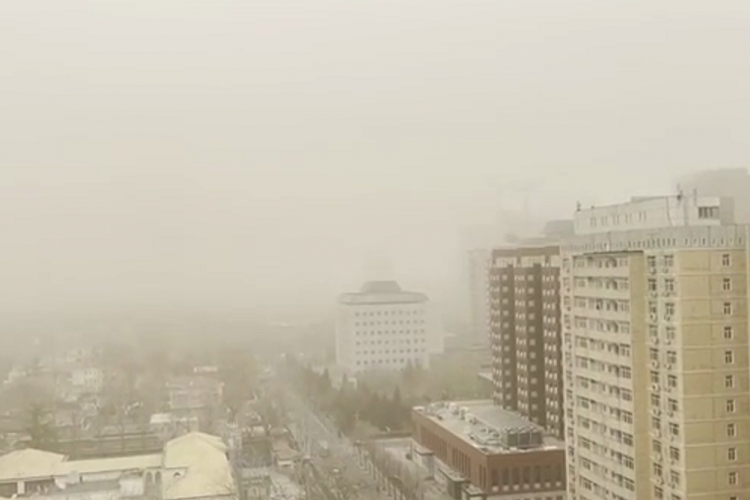The Best Indoor Plants to Combat Airborne Pollution and Toxins
UPDATE Mar 6, 2019: It seems we (among many others) were duped into believing that the air purifying effects of plants are much greater than they really are. It turns out that in real-world situations, plants don't do much at all to reduce pollution (read the full details here). Despite that, we still think that indoor plants are brilliant, so go ahead and turn your homes into jungles anyhow.
Below we list which commonly available plants in Beijing (try Liangma Flower Market, as well as side-of-the-road flora stores) that are capable of filtering our small levels of toxins and pollutants.

Snake Plant 虎皮兰 hǔ pí lán
The snake plant is also known as mother-in-law's tongue, and it absorbs carbon dioxide. It's also a very trendy plant at the moment, so keeping one in your apartment has the added benefit of making you look very cool and Pinterest-worthy. You can safely keep them inthe bedroom, as they release oxygen at night.
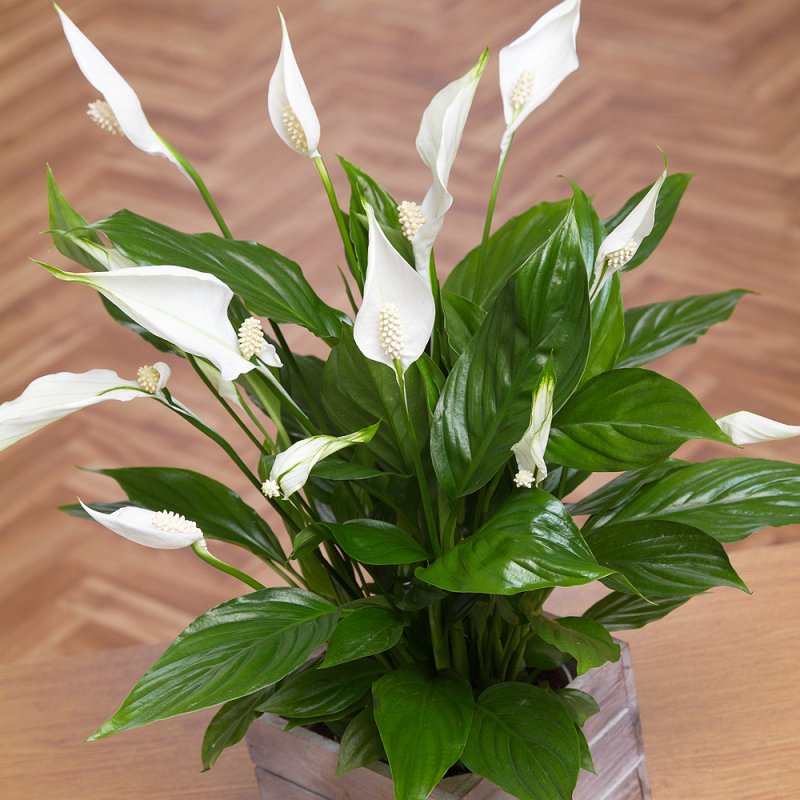
Peace Lily 白掌 bái zhǎng
The peace lily is a compact plant that is also very pretty. It prefers indirect sunlight (and unfortunately high humidity, which isn't always easy to supply in Beijing), and to be kept out of the draft. To allow it to grow to its full potential, it should be watered thoroughly, then left to mostly dry out before watering again. This plant is best at removing the three most common volatile organic compounds (VOC); formaldehyde, benzene, and trichloroethylene. Note: this plant is toxic if consumed, and is therefore not safe for small children or animals.

Philodendron 喜林芋 xǐ lín yù
Another sturdy plant (AKA great for those who aren't always watering their greens), philodendrons prefer a little more light than the peace lily, but still no direct sunlight. They can also survive in situations with less light. When indoors, keeping their glossy leaves free of dust ensures they are cleaning the air to the best of their ability. You can also try the heart-leaf philodendron if you can find it. Note: this plant is toxic if consumed, and is therefore not safe for small children or animals.

Spider Plant 吊兰 diào lán
The spider plant is resilient (another one you can't kill, guys!) and battles benzene, formaldehyde, and, more importantly for us Beijingers, carbon monoxide. This is also a safe plant to have if you've got pets at home. Spider plants prefer bright indirect sunlight, dry soil, and cool-to-average temperatures.

Dracaena Janet Craig 龙血树 lóng xuè shù
The dracaena deremensis, native to Africa and also known as the Dracaena Janet Craig, is one of the most popular of the dracaena plants to have indoors. It needs to be kept moist evenly (but requires very little water), and misted frequently with warm water. Note: this plant is toxic if consumed, and is therefore not safe for small children or animals.

Aloe Vera 芦荟 lú huì
This plant is good for two things: firstly, it helps clear formaldehyde and benzene from the air, a byproduct of chemical-based cleaners and paints, and secondly, its gel can soothe cuts, burns, and irritated skin. You can buy very small aloe vera if you don't have enough space for a bigger plant.
Sorry dudes, you can't stay indoors forever. Here are the best pollution masks of 2019
Images: Wikimedia, galleryhip.com, oglesbytc.com, mypassiongreen.com, sain-et-naturel.com, fairviewgardencenter.com, gardeningknowhow.com

